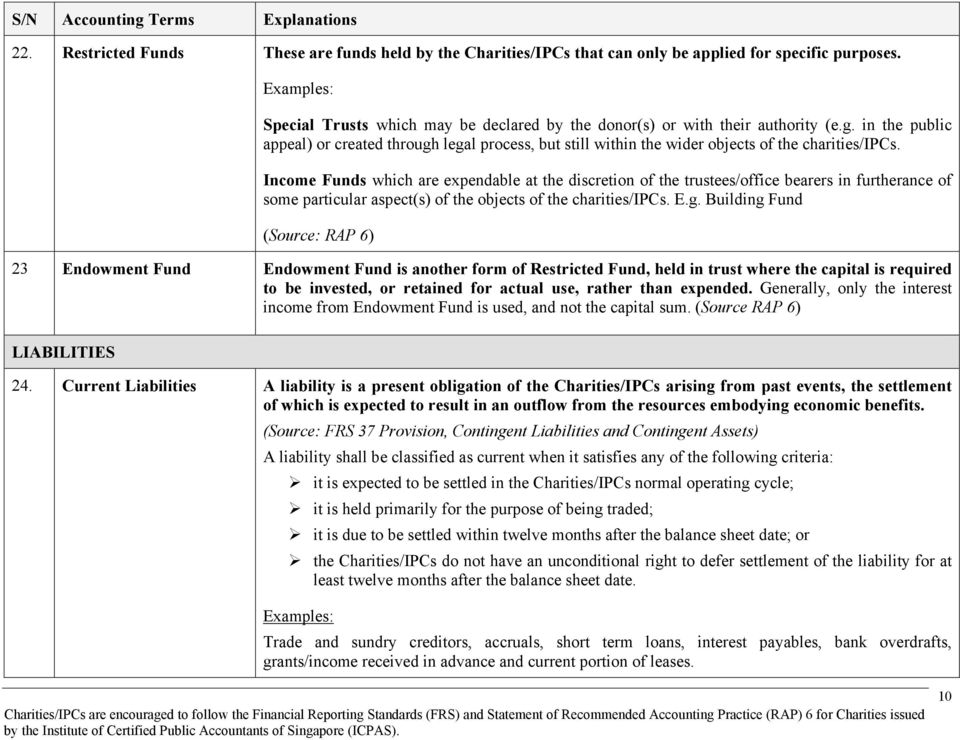AB and middle 1/3 rd of CD are constant head boundaries. One way to increase the factor of safety against heave is to use a filter
in the down stream side of the structure. This website is using a security service to protect itself from online attacks. The action you just performed triggered the security solution. There are several actions that could trigger this block including submitting a certain word or phrase, a SQL command or malformed data.
- The action you just performed triggered the security solution.
- In the case of a constant head boundary, the flow of water is directed perpendicular to it.
- One is an impermeable boundary, the second is a constant head boundary, and the third is a water table boundary.
- This chapter introduces inviscid flow and potential flow method.
- Find out more about saving content to Google Drive.
- If this is the first time you use this feature, you will be asked to authorise Cambridge Core to connect with your account.
In the end, complex potential is briefly introduced. In the figure below, boundaries BD, CD, and the upper half of AC are impermeable boundaries. AB and the lower half of AC are constant head boundaries, so water will flow perpendicular to them. In the image below AD, BC, and 1/3 of both extreme sides of DC are impermeable.
Use Filters to Increase the Factor of Safety against Heave:
Flow through an impermeable boundary is not possible. In the case of a constant head boundary, the flow of water is directed perpendicular to it. This chapter introduces inviscid flow and potential flow method. Characteristics of inviscid flow is introduced and the rationality of neglecting viscosity in many actual flow cases is discussed. Then the characteristics of rotational flow for inviscid flow is discussed. For irrotational flow, velocity potential is introduced and several elementary flows are taken as an example to illustrate the computational methods for planar potential flow theory.
The graphical representation of this flow is known as flow nets. A set of equipotential lines and flowlines constitute a flow net. During its flow, groundwater Chapter 5: Flow Nets encounters three types of boundaries. One is an impermeable boundary, the second is a constant head boundary, and the third is a water table boundary.
More Related Content
To save content items to your account,
please confirm that you agree to abide by our usage policies. If this is the first time you use this https://accounting-services.net/bookkeeping-south-dakota/ feature, you will be asked to authorise Cambridge Core to connect with your account. Find out more about saving content to Google Drive.


























